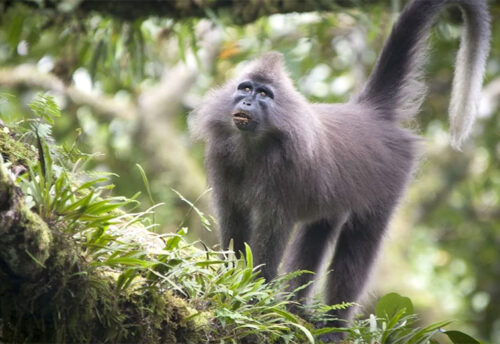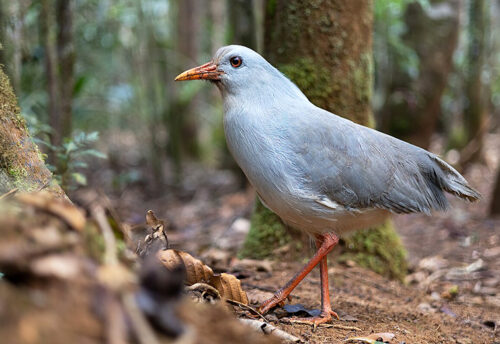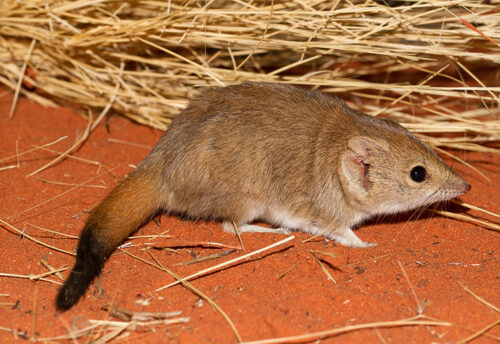
The lilac-breasted roller, aka Mosilikatze’s roller, fork-tailed roller, or lilac-throated roller, can be found throughout southern and eastern Africa. They prefer open savannah habitats with a smattering of shrubs and trees. Due to stable numbers and wide-reaching populations, these birds are listed as Least Concern by the IUCN.
First the Stats…
Scientific name: Coracias caudatus
Weight: Up to 3.8 ounces
Length: Up to 14.5 inches
Wingspan: Up to 22.83 inches
Lifespan: Up to 10 years
Now on to the Facts!
1.) Like other members of the roller family, they have syndactyl feet with the second and third toes fused together.
2.) These birds are diurnal (active during the day).
3.) While scouting for food, these birds will perch on the tops of trees or poles. They will also perch on the backs of larger herbivorous (eat plant matter) mammals.
4.) When a prey item is located, they will swoop down and snatch up their meal. If a prey item is too large to swallow whole, they will carry it back to a safe location and beat the prey item against a hard surface until it is dismembered.
5.) Lilac-breasted rollers prey on spiders, scorpions, insects, centipedes, millipedes, snails, mice, young rats, and small birds.
But wait, there’s more on the lilac-breasted roller!
6.) Their call is a “rak rak rak” sound and is made during flight.
7.) These birds are monogamous (mate for life).
Did you know…?
They get their name from their dramatic courtship efforts. Males will fly to about 470+ feet, then fly downward, all while performing various dives, rolls, and swoops, and loudly calling out.
8.) Females lay up to 4 eggs that hatch in up to 24 days.
9.) Lilac-breasted rollers are very territorial and will gladly defend even the smallest of territories.
10.) They are preyed on my various larger birds of prey.
Now a Short Lilac-Breasted Roller Video!
Be sure to share & comment below! Also, check out the Critter Science YouTube channel. Videos added regularly!
Want to suggest a critter for me to write about? Let me know here.
Think you know a lot about critters? Try your hand at these fun, free quizzes:



